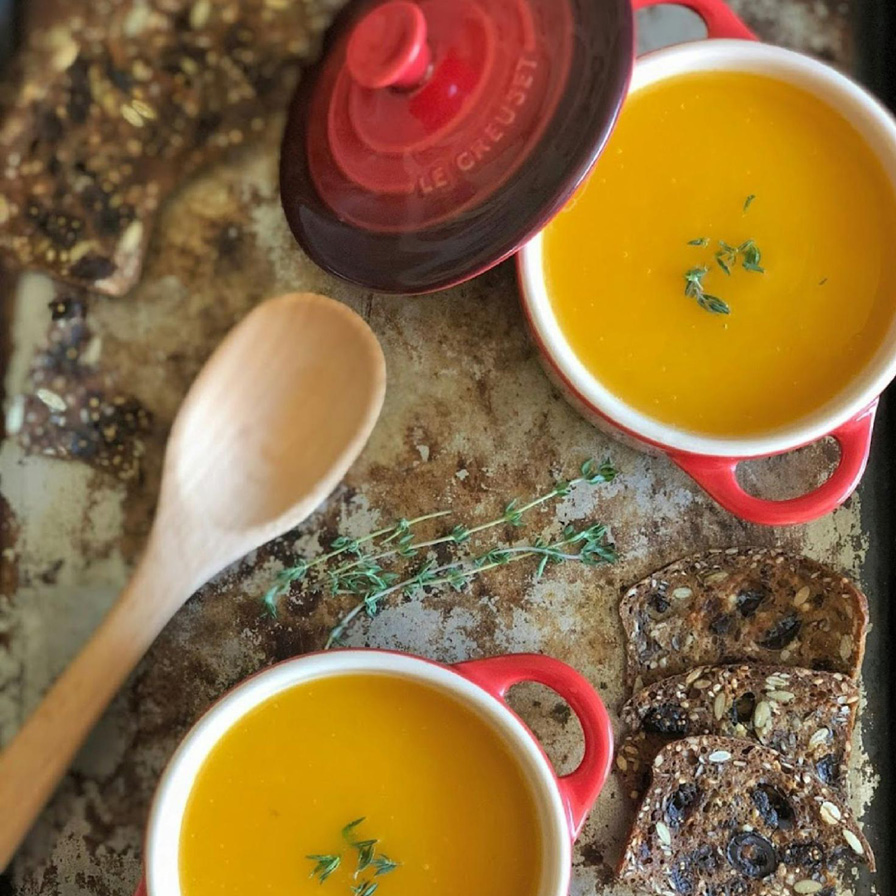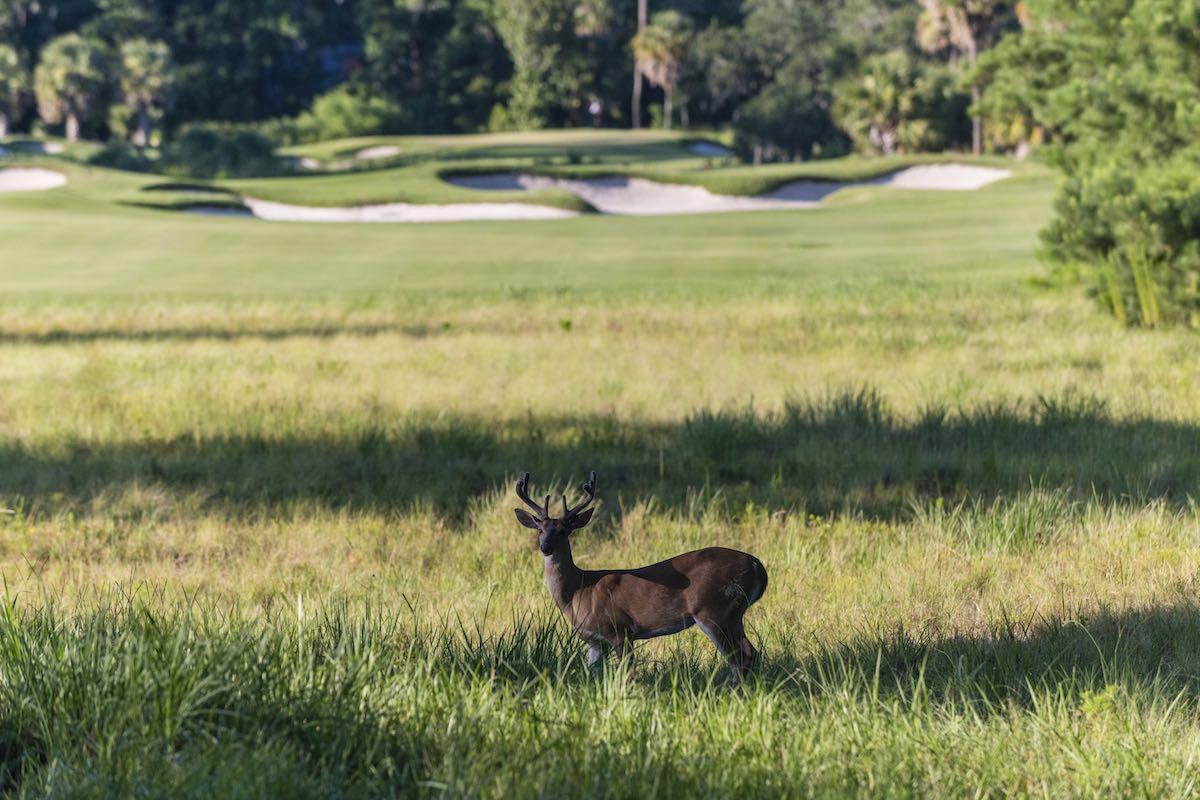Palmetto Bluff Real Estate Company Sales Office
Office Hours
Monday-Friday 9am - 5pm
Saturday 9am - 4pm
Sunday 12 - 4pm
Saturday 9am - 4pm
Sunday 12 - 4pm
Why should we care about bats?
When people learn what I do, they often ask me, “Why bats?” To which I respond, “Why not bats?” Bats are incredible! There are more than 1,400 species worldwide and 1 out of every 4 mammalian species is a bat. They have a global distribution and can be found on every continent except Antarctica. They have an unbelievable diversity in what they look like, from the smallest bat, the 2-gram bumblebee bat, to the largest, the giant golden-crowned flying fox
with a 6-foot wingspan. They vary in where they live, with some bats roosting in trees, some in caves, and others in tents of their own making! Some bats are loners and prefer their own company while others roost in large colonies that can number in the millions. They play more ecological roles than what we can cover in this post.

If we want to focus our discussion of the part bats play in ecosystems solely on the foods they eat, we will see that in this aspect of their life alone they are extremely diverse. Bats as a group have a varied diet. Frogs, salamanders, fish, scorpions, spiders, insects, blood, nectar, pollen, fruit, birds, and even other bats are all on the menu for this mammalian order.
There are many bats around the world that eat fruit. Because these bats can travel long distances within a night, can cross habitat boundaries, and defecate while in flight, they are unparalleled in their ability to disperse seeds over large geographic areas. This makes them paramount in maintaining tree biodiversity in tropical rainforests. These same skills make fruit bats vital in reforesting areas that have been deforested.
Bats that drink nectar pollinate over 500 species of plants, including baobabs, bananas, mangoes, saguaro cactus, and guava. The coevolution of bat and flower has shaped what nectar bats and the flowers that attract them look like. Many of the flowers that bats pollinate are of agricultural significance to us, including agave – the source of tequila. Through pollination, bats provide a means to keep agave genetically diverse and more resistant to disease. Quite simply, without bats, we would not have healthy agave or many other economically important fruits.

While bats as a group are diverse in the foods they consume, the majority of bats (about 70%) eat insects. Bats have extremely fast metabolisms and eat large quantities of insects each night. They are the only major predator of night-flying insects and are particularly fond of moths and beetles, insects that can be pests at some point of their life cycle. A recent study showed that bats eradicate more pests than birds at cacao farms in Indonesia, providing an economic boon for Indonesian chocolate growers worth roughly $780 million each year. In the United States, the voracious appetite of insect-eating bats provides a free pesticide service to the US agriculture industry – a service with an estimated annual price tag of $23 billion. You read that right: $23 billion.
Why should we care about bats? I could list a myriad of reasons. Bats play many vital ecological roles. Their global ecological significance is astounding. They provide us with quantifiable economic services. Bats have personalities. They are curious. But most of all, they have an intrinsic right to exist
– just like us. Globally, their populations are in decline, largely due to our
activities. To save them, we need to care about them. Last month, I discussed some negative stereotypes about bats. Let us shift our mindset of bats from one of fear and misunderstanding to one that lauds their beneficial traits. If you want to help bats, be an advocate and spread the word! The South Carolina Bat Working Group is always looking for volunteers to help with fieldwork and outreach. Contact Lydia Moore at lmoore@pbconservancy.org to learn more.
Hopefully, I have convinced you that bats are worth our attention. Next month we will discuss some threats bats are facing and what you can do to help.

Tis’ the season for wrapping, and we have plenty of gifts to share from 2024! This year was filled with exciting new beginnings and continued growth at Palmetto Bluff. From two new golf courses to awards for both Montage Palmetto Bluff and FLOW...

Photos courtesy of Leah Bailey DesignPhoto credit: Kelli Boyd PhotographyAs the holiday season descends upon the Lowcountry, Palmetto Bluff becomes a festive haven, where classic Southern architecture meets personal style. Whether you prefer timeless elegance ...

Executive Chef Beth Cosgrove and Registered Dietician Lindsay Ford recently led a Healthy Cooking Demonstration for residents interested in cooking healthy, delicious food to promote wellness. Attendees left with new recipes and flavors to try at home. The But...

Photographs by Anne CaufmannStory by Barry Kaufman The story of this house begins with another.Mike and Melissa Pereyo first visited Palmetto Bluff in 2010 to visit longtime friends Butch and Debbie Floyd. The Floyds built their home here when the fringes of t...

How to Spend a Lowcountry Christmas at Palmetto Bluff There's no better way to start anticipating the holidays than by making plans to spend time with family and friends. Now that the holiday season has arrived, many look forward to embracing the Christmas sp...

Explore 130 August Lane at Montage Residences Nestled in the heart of the Lowcountry, the Montage Residences at Palmetto Bluff offer an unparalleled blend of elegance, exclusivity, and Southern charm. This private collection of homes sits amidst the lush land...

Experience Winter Wildlife This Season at Palmetto Bluff The Lowcountry is a wondrous place to live, not only for its breathtaking scenery and historical significance but also for the wildlife that inhabits it. Winter wildlife in South Carolina includes a wid...

As summer’s heavy air fades into fall’s cool breezes, our resident wildlife are busy preparing for another Lowcountry winter.In the fall, eastern wild turkeys move into habitats mostly dominated by hardwood trees such as oaks, hickories, beeches, cypresses, tu...

The Arts Initiative at Palmetto Bluff hosted an unforgettable evening in the May River Chapel this past October with our visiting Artist in Residence, multi-Grammy-winning singer-songwriter Clay Ross, founding member of the Billboard chart-topping band Ranky T...

This year’s FLOW FEST was an unforgettable celebration of art, music, and community spirit. Held on a stunning autumn afternoon by the May River, our third annual arts and music festival, hosted by The Arts Initiative at Palmetto Bluff, brought together friend...
Learn about the Palmetto Bluff Conservancy and how we keep the vision of our land in place.
On land or water, there is an ever-evolving variety of activities.
We do not attempt to independently verify the currency, completeness, accuracy or authenticity of the data contained herein. All area measurements and calculations are approximate and should be independently verified. Data may be subject to transcription and transmission errors. Accordingly, the data is provided on an “as is” “as available” basis only and may not reflect all real estate activity in the market”. © [2023] REsides, Inc. All rights reserved. Certain information contained herein is derived from information, which is the licensed property of, and copyrighted by, REsides, Inc.